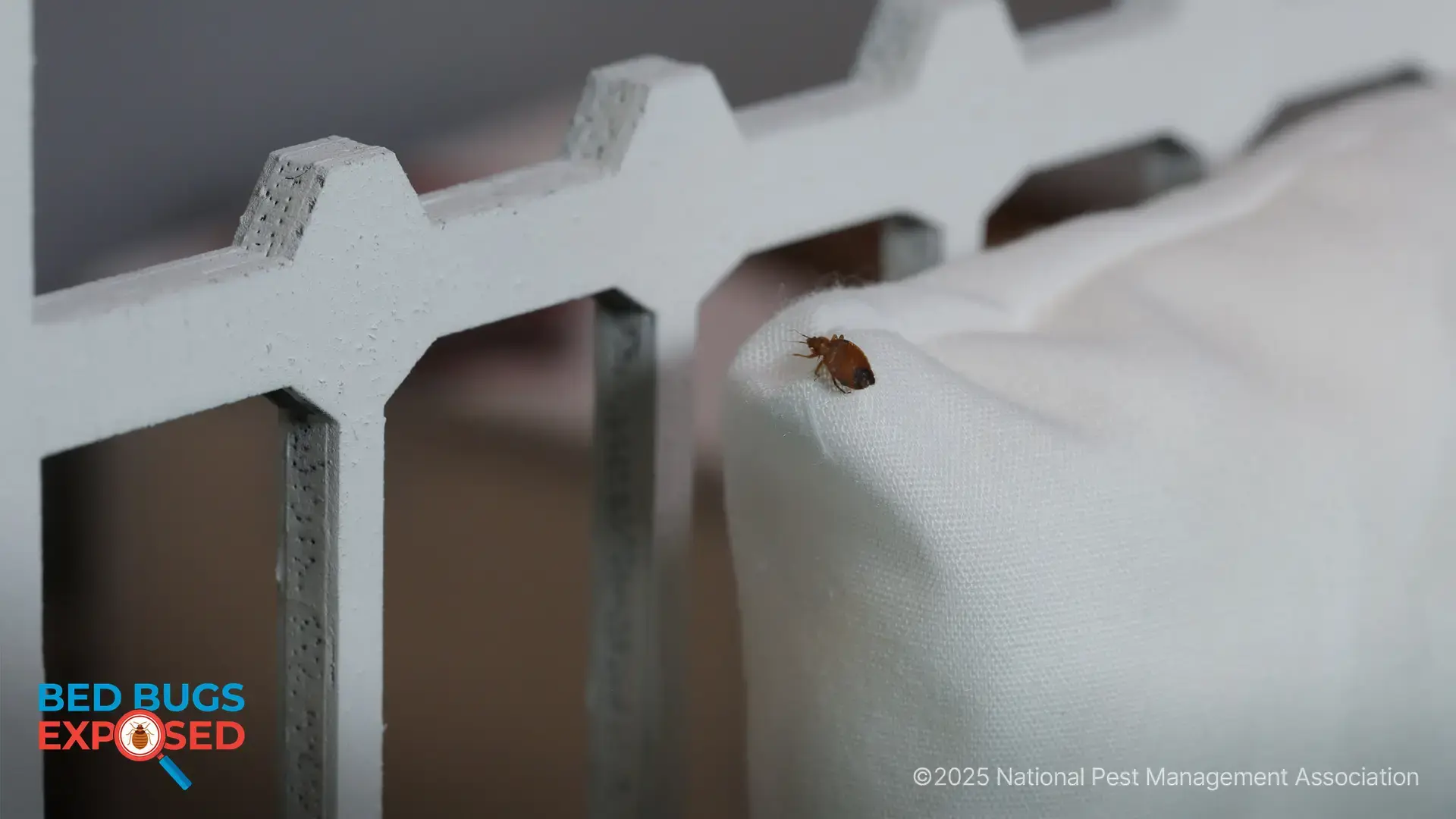How to Treat a Spider Bite
So, you’ve been bitten by a spider and instead of developing superpowers like a certain web-based crimefighter, you’re just red and itchy. Don’t panic! While you won’t be the next big superhero, you can jump into action and follow our guide on what to do for a spider bite.
Identification: The first step in treating spider bites at home is determining what exactly bit you. While most common spider bites can be treated in the same fashion, a few select spiders will require their own special procedures according to both the Center for Disease Control and Prevention and Healthline.
What to Do for a Spider Bite
If the spider that bit you had any of these distinct features, please contact a doctor or head to the emergency room immediately:

Typically 1 ½ to 1 3/8 inches long with a slick black exterior and red hourglass symbol

Typically ¼ to ½ inch long with a brown exterior and violin-shaped mark along the back
Or if the bite has any of the following features or side effects:
- Fever
- Trouble breathing
- Increased heart rate
- Muscle cramps
- Numbness
- Swelling spreading
- Nausea/vomiting
- Headache
- Blistering
- Notable fang marks
- Secondary reaction after 24 hours
Aside from those side effects, a common house spider or even a wolf spider’s bite will not cause too much harm to a human. The average spider will use its fangs to inject its target with venom which will feel like a bee sting. Symptoms such as itchiness, swelling and local pain can be expected from spider bites and can easily be treated at home:
Clean: The first thing you’ll want to do is use soap and water to clean the spider bite and the surrounding area. The reason places like Seattle Children's Hospital suggest cleaning is to prevent infection to the site. Remember, no matter how small a spider bite is, it’s still a wound.
Apply: The most common symptom for spider bites is swelling which means we will need an icepack! Don’thave one? No problem, a cold washcloth or even ice wrapped in a towel can do the trick. Ice should be applied in intervals of ten or twenty minutes, depending on the severity.
Relief: While ice will slow down swelling, it may not eliminate pain. Seattle Children's Hospital suggests using products like Tylenol and Advil. However, any type of preferred pain relief is acceptable.
Elevation: The elevation of the spider bite will help alleviate swelling and any bleeding. Elevation, while helpful, should not impede your daily movements.
Check-Up: The spider bite should only last one to two days. Side effects such as itching and swelling should dull with proper first aid. If any symptoms persist, call a doctor for further help.
Now you’re all set to treat any spider bite that comes your way! If you have more questions on how to treat spider bites or how to find a qualified pest control professional, review more spider resources.

Learn About Rodents
Rodents invade millions of homes each winter. Learn more about them!

NPMA's Bug Barometer Forecast
The latest Bug Barometer® forecast from the National Pest Management Association reveals what homeowners across America can expect from pest activity this fall and winter.

NPMA's Bed Bugs Exposed Project
Check out NPMA's Bed Bugs Exposed project to learn more about this hitchhiking pest and how to prevent an infestation at home.
Find a PEST PRO in your area

Learn About Rodents
Rodents invade millions of homes each winter. Learn more about them!

NPMA's Bug Barometer Forecast
The latest Bug Barometer® forecast from the National Pest Management Association reveals what homeowners across America can expect from pest activity this fall and winter.

NPMA's Bed Bugs Exposed Project
Check out NPMA's Bed Bugs Exposed project to learn more about this hitchhiking pest and how to prevent an infestation at home.
